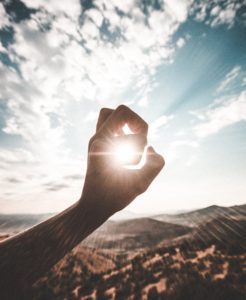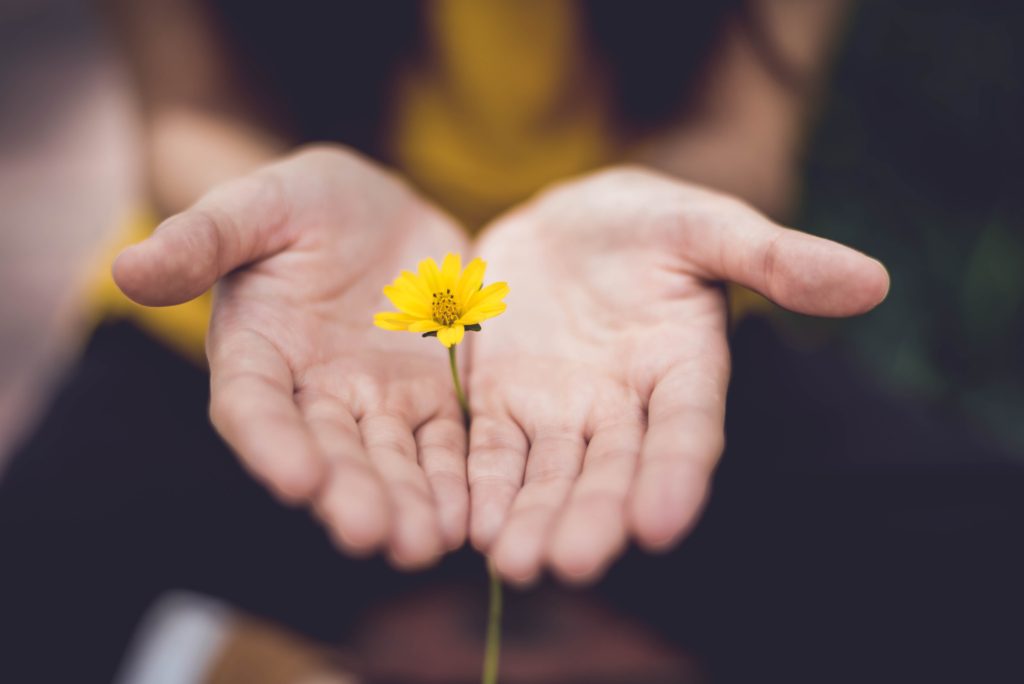You do not have to be good. You do not have to walk on your knees for a hundred miles through the desert, repenting. You only have to let the soft animal of your body love what it loves.
~Mary Oliver, Wild Geese
These famous words of Mary Oliver perfectly express my wish for this first step in remembering. We start with the body. Your body. Most of us, by the time we get to midlife, have lost touch with our embodiment.
Why is embodiment the first, most crucial remembering? Because your body does not lie. Your body is tuned to truth. Your body is your soul enfleshed. When you were born, your body was a pure, true expression of your wants, needs, and desires. Babies don’t tell falsehoods. Not at first. Over time we learn to hide our true selves as necessary to keep our caregivers attached and our little kid selves alive.
That’s why, of course, you lost touch with your body. It’s really hard to hold your body’s inner truth and the outer lies you learn to tell to survive. Especially when you’re a child.
Good news! Your original truth is still alive and well underneath all the faking you’ve had to do for decades. Your original blessing resides in your body.
Often when we start our work together, my clients tell me that they’re fluent in their body’s language. They do yoga. They meditate. They eat right and they exercise often. But as we dig deeper, they realize they really have no idea what their bodies are trying to tell them. What they’re actually fluent in is their thoughts about their bodies. Their ideas about their bodies. Their judgments about their bodies.
We’re often much more adept at mindfulness than bodyfulness.
So task one is to re-inhabit your body. Your beautiful, sweet, holy “God pod.” This marvelous “meat sack” that means you’re alive on Earth. Because this meat sack in which your mind has its being is the key to the garden of delights which is your life.
Remembering the beauty and original blessing of your body can take some time. And it will probably feel uncomfortable to return home to all the pain and memories you’ve stored in your flesh. Getting back in touch with your truth as communicated by your body will almost certainly create some havoc in your life as usual. Perhaps that’s why you’re here. Because maybe you know, deep down, that a little havoc is just what you need to reset your compass to your true north.
Here’s an Embodiment meditation you might like to try. (Click here for video version.)
Grounding Cord, adapted from Shakti Gawain:
Sit. Take three breaths. Imagine a long cord extending from the base of your spine down into the Earth. You could imagine this cord like the root of a tree. (If you prefer to stand, imagine the cord extending from the soles of your feet down into the Earth.)
Now, as you inhale, imagine Earth’s energy coming up through the cord into your body, up and up with every inbreath. The energy flows into your body as it rises, and continues out through the top of your head. Do this three times.
Now, as you exhale, imagine that the energy of the sun and stars and planets is coming down through the top of your head, down your spine, infusing your body as it flows down into the Earth. Do this three times.
Now, be with both energies. As you inhale, be with the energy coming up from the Earth. As you exhale, be with the energy coming down from the cosmos.
Keep inhaling and flowing Energy up, exhaling and flowing Energy down. Feel both energies intermingle and flow throughout your body.
We are Earthlings, made of stardust. We are Earthlings, made from dirt.
Take three breaths to finish.
Upcoming events:
A Summer Solstice Gathering:
Tuesday, June 21, 4 pm Pacific, Zoom. Free. Subscribe to email for the link.
Three workshops going deeply into the first three modules of my Self-Recovery Coaching Intensive: Embodiment, Awareness, and Ownership: July. Dates, times, and investment TBD. More info coming soon! Reply to this email and let me know if you’re maybe interested. (Today’s post is from the Embodiment chapter of my Coaching Intensive workbook-in-progress, delayed by Covid.)
Coaching Intensive Group starting in September: Ten weeks of step-by-step, carefully constructed classes covering the three phases of self-recovery: Remembering, Reclaiming, and Recommitting. Tentative investment: $1000. Details coming your way in August.
Private Coaching: Contact me to schedule a no-cost, no-strings-attached Clarity Call.
For current writing and events, please subscribe to my weekly-ish newsletter here, and thank you!
Photo Credit: Melissa Askew on Unsplash.



